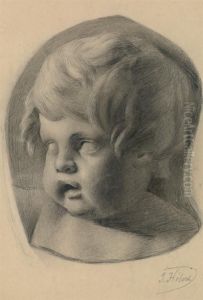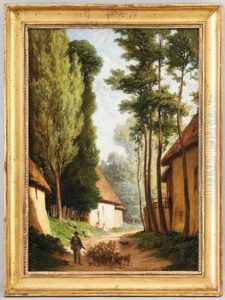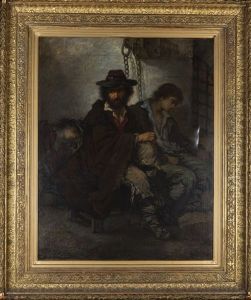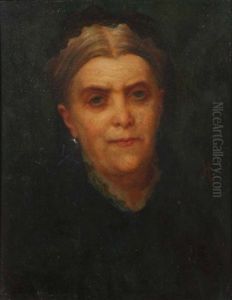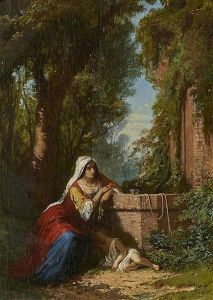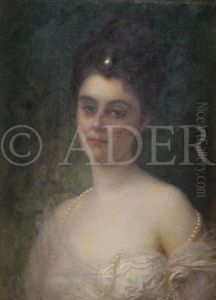Jules Hebert Paintings
Jules-Alexis Muenier, commonly known as Jules Hebert, was a French artist known for his paintings and sculptures that often portrayed religious and mythological subjects. Born on December 26, 1812, in Colombier, Switzerland, Hebert developed an interest in art early in his life. He studied at the École des Beaux-Arts in Paris, where he was influenced by the neoclassical style of his time but also showed an inclination towards romanticism.
During his career, Hebert established himself as a reputable painter, receiving commissions for various churches and public buildings. His work includes murals, portraits, and genre scenes. He is perhaps best known for his religious paintings, which reflect his deep Catholic faith and his interest in conveying spiritual narratives through art.
In addition to his paintings, Hebert was also a respected educator. He taught at the École des Beaux-Arts, imparting his knowledge and skills to a new generation of artists. Hebert's influence extended beyond his own works, as he played a role in shaping the artistic direction of his students.
Jules Hebert's dedication to his craft earned him recognition in the form of awards and honors, including a medal at the Paris Salon, an annual exhibition that was the official art exhibition of the Académie des Beaux-Arts in Paris. He passed away on November 24, 1890, in Lausanne, Switzerland. His legacy lives on in the collections of various museums and in the works of his students who continued to propagate the artistic values he espoused.



